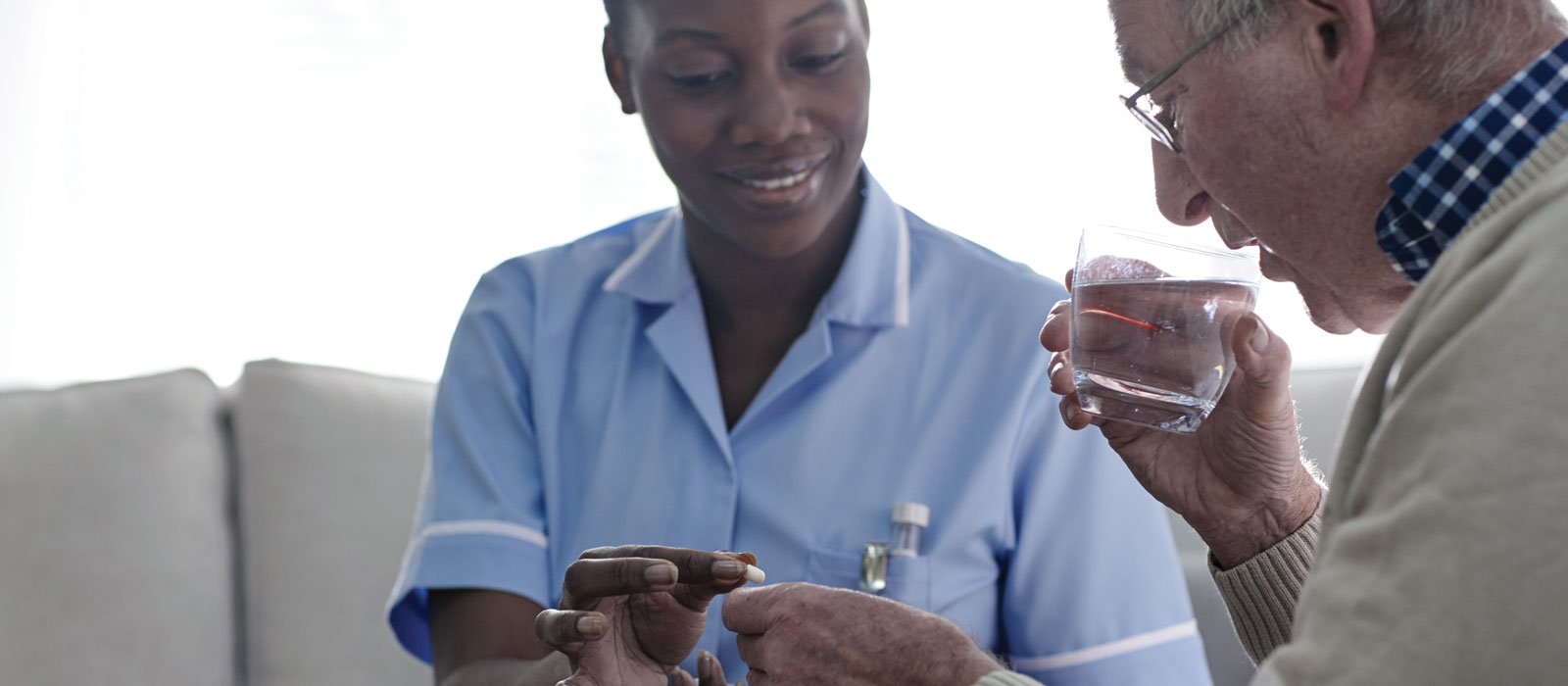Although the opioid crisis was formally labeled a public health emergency in late 2017, excess drug abuse beyond prescription directions has been a public health concern for much longer—since the 1980s, in fact. At the November 2018 Center for Advancing Palliative Care Annual Seminar in Orlando, FL, speakers Lynn Hallarman and Mary McPherson presented a session on how the opioid crisis came to be and what our role as nurses is in changing culture and ultimately addressing it.
What Nurses Can Do
We can apply our training as nurses to help solve the opioid epidemic problem. The first step is to assess and gather information by taking stock of its history (see timeline) to identify the multiple causes and decisions that led to the opioid epidemic. As healthcare professionals, we know that treating the symptom or problem will give only temporary relief, but if we treat the underlying cause we can eradicate the issue at the source.
Hallerman and McPherson outlined subsequent steps that nurses at any level can take to confront the opioid epidemic:
- Promote leadership commitment and a culture of opioid stewardship.
- Ensure that organizational policies are evidence based and include risk assessment strategies and tools, opioid education, and access to substance abuse treatment.
- Encourage clinical knowledge, expertise, and practice based on core competencies in pain management.
- Include benefits and risks of therapy and signs of drug misuse in all patient and family caregiver education and engagement.
- Track, monitor, and report opioid use to the Prescription Drug Monitoring Program.
- Set measurable goals for starting and preserving a culture of opioid stewardship to establish accountability.
In the community, nurses can promote proper opioid use, safe storage, and safe discarding of opioids. Also, ensure that community partners are educated about pain management so they can encourage proper opioid use.
ONS Perspective
In its position statement on cancer pain management, ONS acknowledged that pain is a common symptom in patients with cancer and that it “increases vulnerability in an already vulnerable population.” Healthcare providers have a responsibility to manage patients’ pain and ensure that they have access to pain medications. Regarding pharmaceutical management of cancer pain, ONS’s position is that “the use of pharmacologic and nonpharmacologic treatment for pain constitutes the standard of care for patients with cancer” but also that “comprehensive cancer pain management includes educating the patient and family/caregivers in pain assessment and management, including the risks and benefits of long-term opioid therapy and the safe storage, use, and disposal of controlled substances.”
ONS’s Putting Evidence Into Practice resources on chronic cancer pain provide many recommended or likely to be effective interventions that nurses can use to manage patients’ pain. Options exist for opioid and non-opioid treatments.






